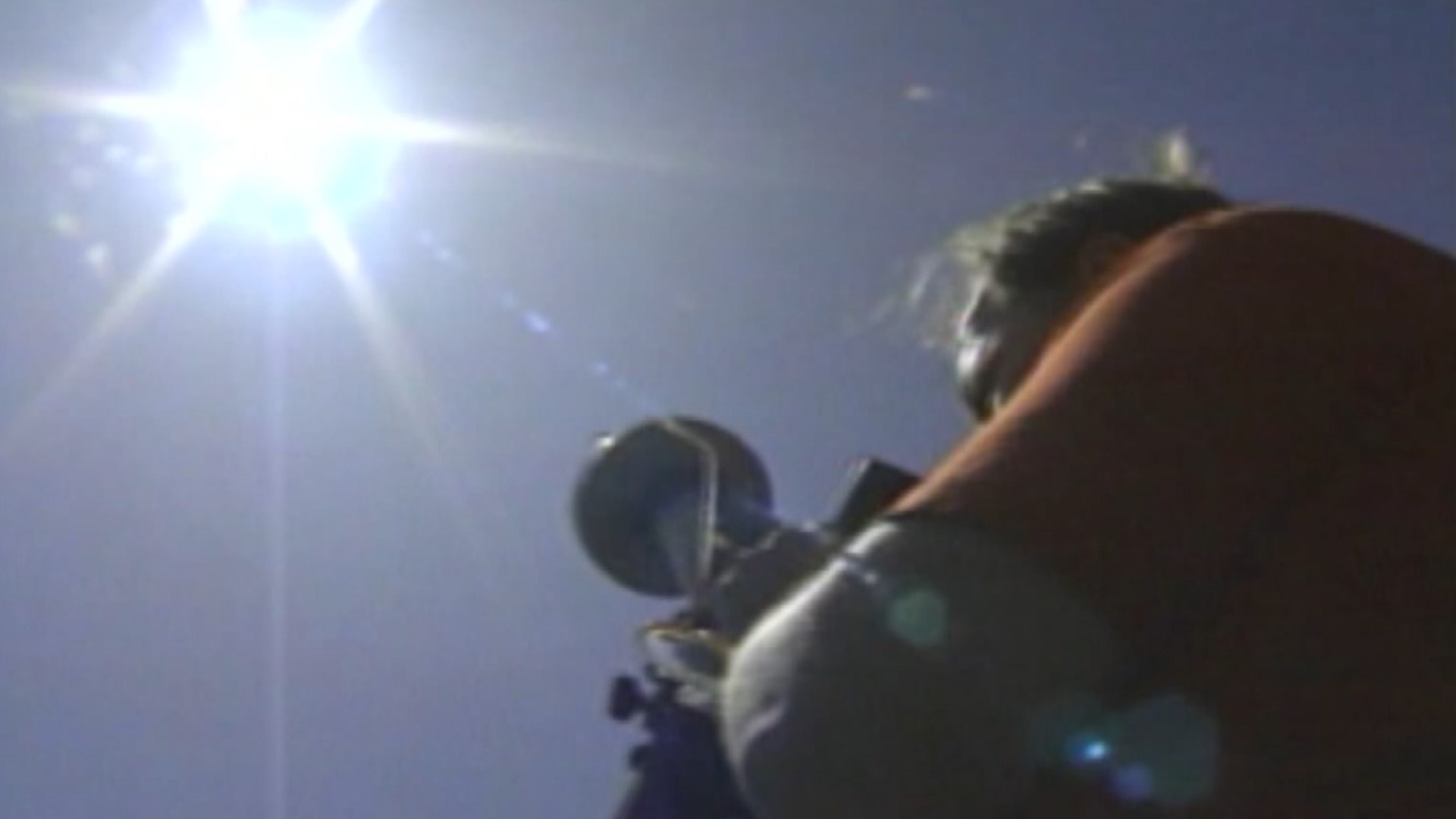TOLEDO, Ohio — If you’re at least 30 years old, this upcoming eclipse will be third you’ve experienced in the Toledo area in your lifetime. But this time around will be different, as it will be the first total solar eclipse here since 1806.
The most recent eclipse in 2017 was just a partial eclipse locally, a glancing blow. In 1994, an annular eclipse occurred which blocked most of the sunlight - but not completely. And after April 8, another total eclipse won’t happen again here until 2099.
WTOL 11 was there on May 10, 1994, when an annular eclipse moved directly across the country. The peak was in our backyard with Wauseon hosting scientists and astronomy buffs from across the country to record the historic event. Other partial eclipse passings happened in 1984, 1979 and 1970 but were far less significant locally than the 1994 annular eclipse.
RELATED: When was the last solar eclipse?
Spectators at the time commented, “Well worth it, well worth it. Yeah, I think everyone here enjoyed it and had a lot of fun.”
At its darkest in Toledo, the sun was 89% blocked by the moon. The shadow passed early in the afternoon and air temperature readings dropped several degrees. Some reported a noticeable chill feeling in the air.
Do you remember the 1994 eclipse? If your memory is a bit foggy keep this in mind: there were no other solar eclipse events in our area between 1994 and the most recent partial eclipse in 2017.
The 1994 annular eclipse differs from April’s total eclipse in that although the moon does cross directly in front of the sun, it is too far away in its lunar orbit to block all the sun's light getting to the Earth's surface. The eclipse this time around will be darkness if you’re in the path of totality - which includes most of Toledo and northwest Ohio. 100 percent of the sun will be blocked by the moon.
To illustrate how unique Toledo's position is on April 8, consider this: to get the same 89% effect that was experienced in 1994, you would need to travel far away from the path of totality. In fact, you’d need to travel all the way to Milwaukee, a 230-mile jump. This truly will be once in a lifetime and something you’ve never seen before in northwest Ohio and won’t ever forget.
PLAYLIST: TOTAL SOLAR ECLIPSE COVERAGE FROM WTOL 11

